Some chunks of Texas are on the Mexico side of the border wall


Washington, D.C. has apparently never heard of a map.
Wherever there's a wall across America's southern border, it's pretty clear where the U.S. ends and Mexico begins. But when a span of the wall went up to block migration across the Rio Grande, it ended up putting entire Texas communities in what looks like Mexican territory — not that it's stopped those U.S. residents from getting around, The New York Times details.
Brownsville, Texas' story starts in 1970, when the U.S. and Mexico agreed to block construction of "anything that would obstruct the normal flow of the Rio Grande," the Times writes. That became a problem when former President George W. Bush's administration's started building a border wall to curb drug smuggling. But instead of putting the wall right on the river's edge, the "bunch of yo-yos up in D.C." built it "a mile and a half away" in some points, one Texan who owns land south of the fence tells the Times.
The Week
Escape your echo chamber. Get the facts behind the news, plus analysis from multiple perspectives.

Sign up for The Week's Free Newsletters
From our morning news briefing to a weekly Good News Newsletter, get the best of The Week delivered directly to your inbox.
From our morning news briefing to a weekly Good News Newsletter, get the best of The Week delivered directly to your inbox.
Still, life goes on for the dozens of Americans stuck between the fence and the river. Trash collectors usually don't come, and neither does the mail, but Brownsville emergency responders still say they'll get to someone south of the fence just as quickly as someone north of it. After all, there's a paved road running right through the wall.
President Trump has spent his entire candidacy and presidential term pushing for a wall he says will curb immigration. Yet border crossers who make it across the Rio Grande in Brownsville reach U.S. soil — and the right to claim asylum — before they even see a fence. Read more at The New York Times.
A free daily email with the biggest news stories of the day – and the best features from TheWeek.com
Kathryn is a graduate of Syracuse University, with degrees in magazine journalism and information technology, along with hours to earn another degree after working at SU's independent paper The Daily Orange. She's currently recovering from a horse addiction while living in New York City, and likes to share her extremely dry sense of humor on Twitter.
-
 How will China’s $1 trillion trade surplus change the world economy?
How will China’s $1 trillion trade surplus change the world economy?Today’s Big Question Europe may impose its own tariffs
-
 ‘Autarky and nostalgia aren’t cure-alls’
‘Autarky and nostalgia aren’t cure-alls’Instant Opinion Opinion, comment and editorials of the day
-
 Japan’s Princess Aiko is a national star. Her fans want even more.
Japan’s Princess Aiko is a national star. Her fans want even more.IN THE SPOTLIGHT Fresh off her first solo state visit to Laos, Princess Aiko has become the face of a Japanese royal family facing 21st-century obsolescence
-
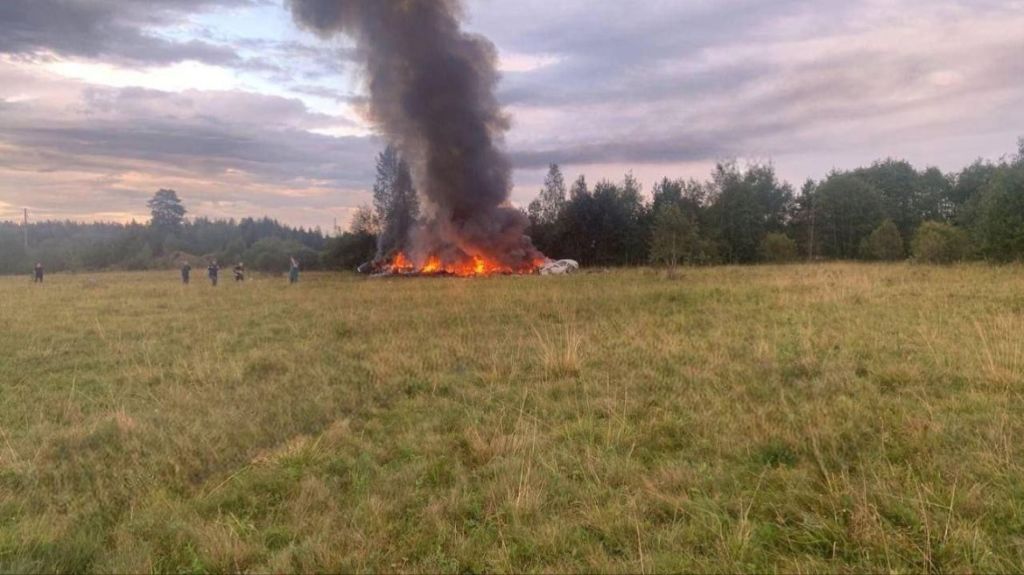 Nobody seems surprised Wagner's Prigozhin died under suspicious circumstances
Nobody seems surprised Wagner's Prigozhin died under suspicious circumstancesSpeed Read
-
 Western mountain climbers allegedly left Pakistani porter to die on K2
Western mountain climbers allegedly left Pakistani porter to die on K2Speed Read
-
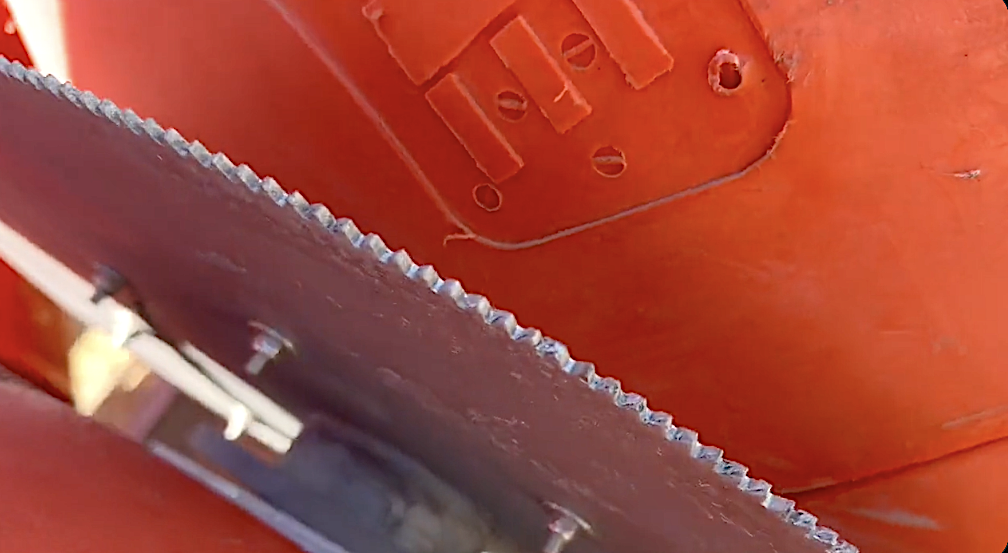 'Circular saw blades' divide controversial Rio Grande buoys installed by Texas governor
'Circular saw blades' divide controversial Rio Grande buoys installed by Texas governorSpeed Read
-
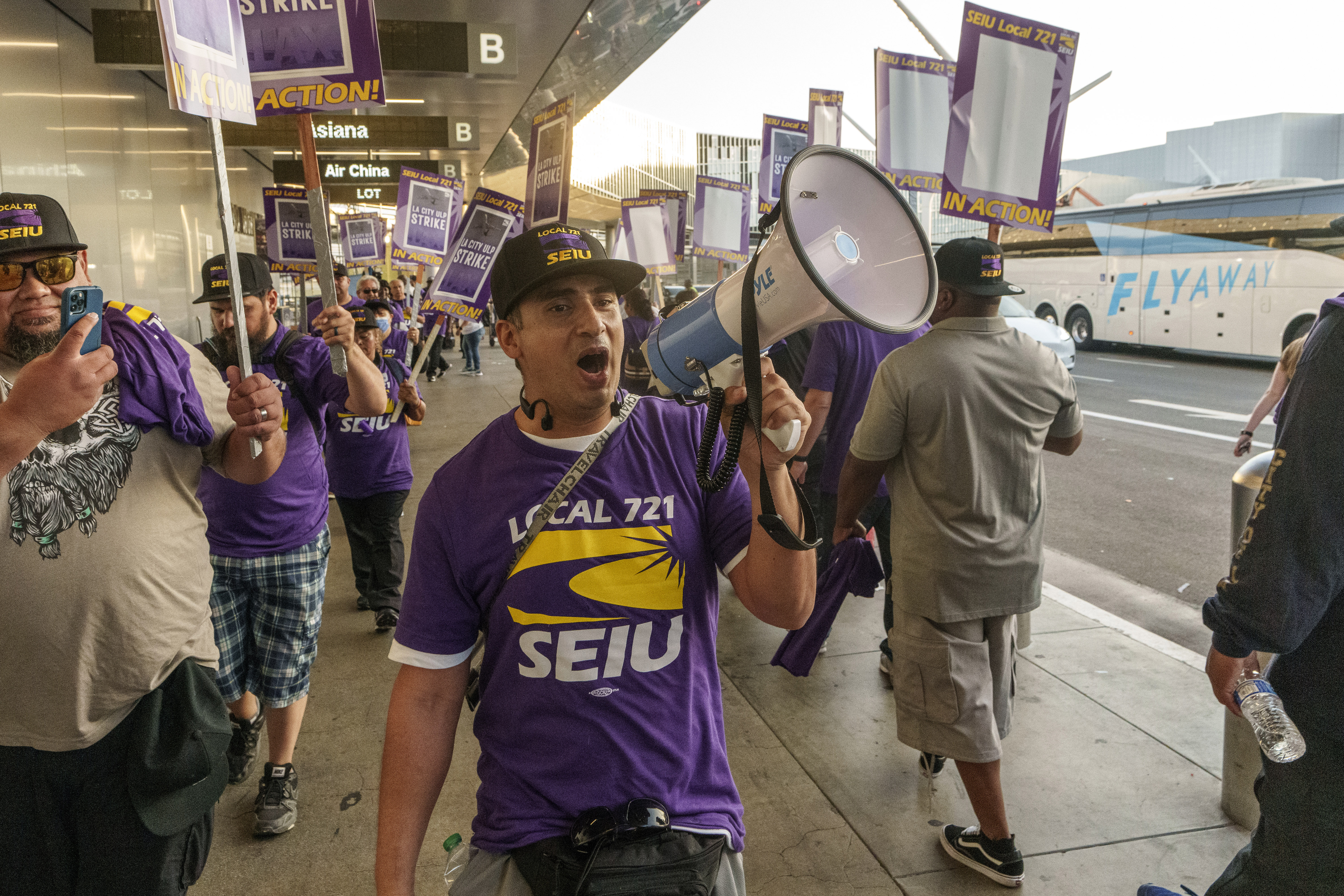 Los Angeles city workers stage 1-day walkout over labor conditions
Los Angeles city workers stage 1-day walkout over labor conditionsSpeed Read
-
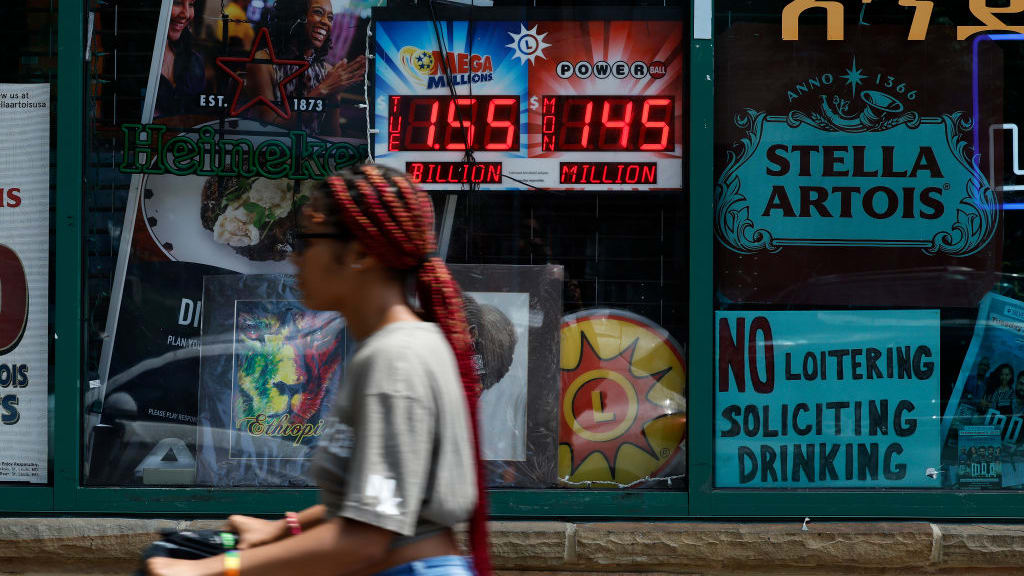 Mega Millions jackpot climbs to an estimated $1.55 billion
Mega Millions jackpot climbs to an estimated $1.55 billionSpeed Read
-
 Bangladesh dealing with worst dengue fever outbreak on record
Bangladesh dealing with worst dengue fever outbreak on recordSpeed Read
-
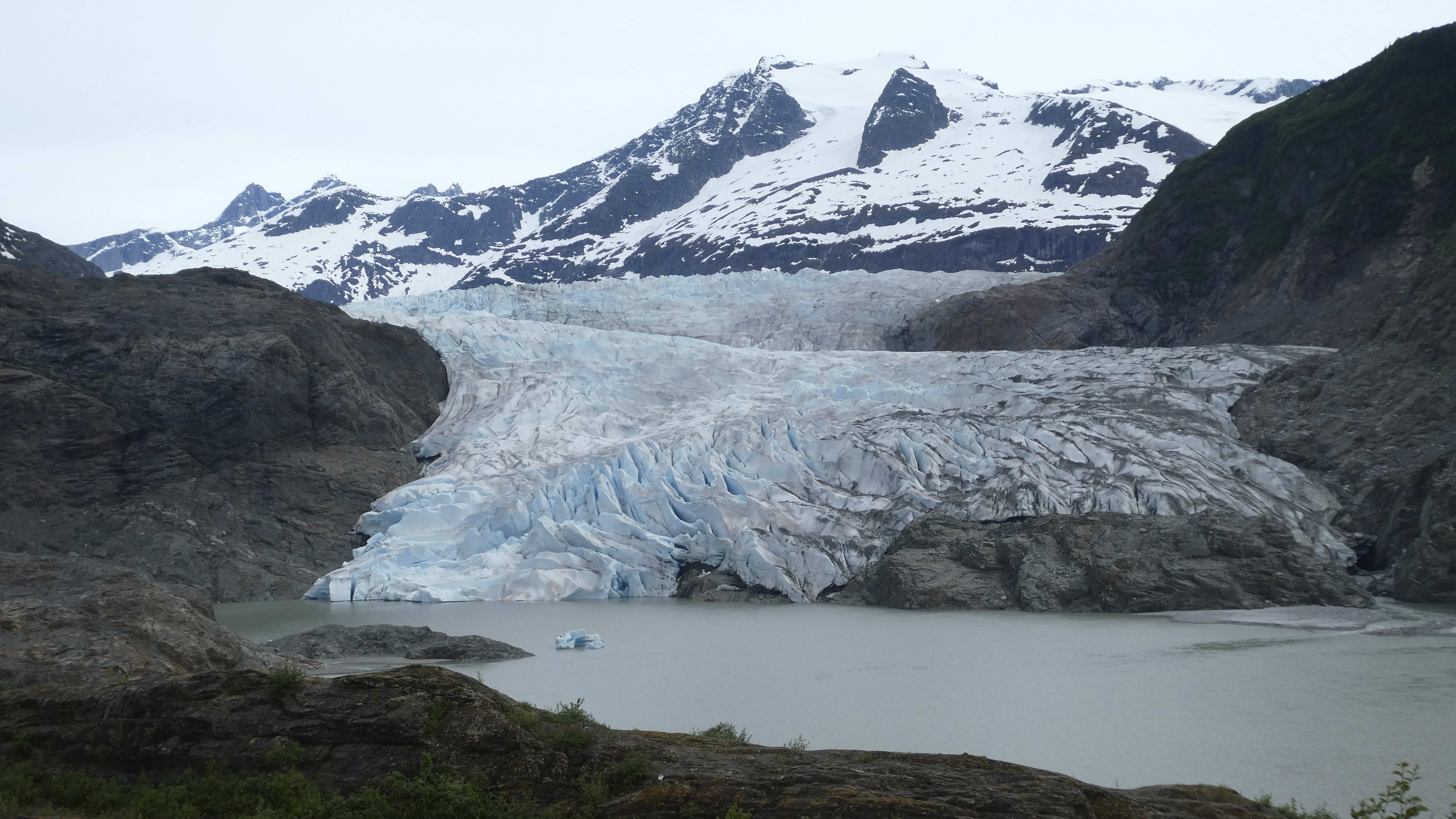 Glacial outburst flooding in Juneau destroys homes
Glacial outburst flooding in Juneau destroys homesSpeed Read
-
 Scotland seeking 'monster hunters' to search for fabled Loch Ness creature
Scotland seeking 'monster hunters' to search for fabled Loch Ness creatureSpeed Read
